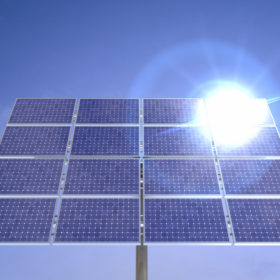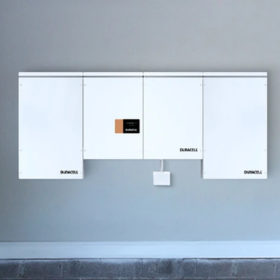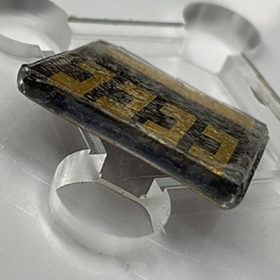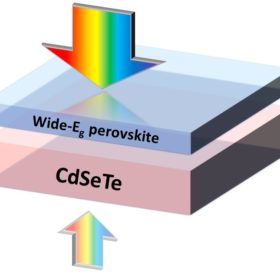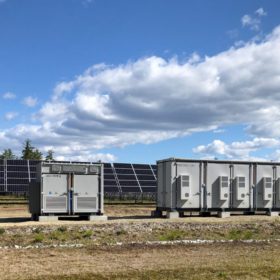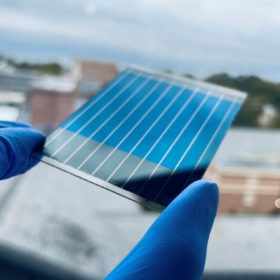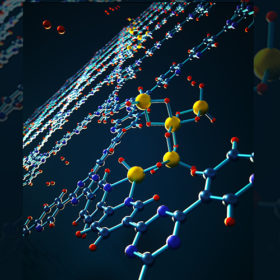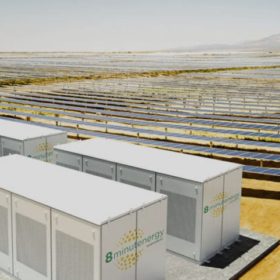Utility scale solar reaches LCOE of $0.028-$0.041/kWh in the US, Lazard finds
Lazard’s newly released Levelized Cost of Energy Analysis 15.0 and Storage 7.0 reports that solar and wind are the most competitive electricity sources in the US energy market. According to the investment bank’s 2021 study, gas combined cycle has the lowest LCOE of $0.045-$0.074/kWh among the conventional sources and that of coal and nuclear is $0.065-$0.152/kWh and $0.131-$0.204/kWh, respectively.
How the numbers may work for 50-year solar
The discounted cash flow from a solar project’s electricity generation increases by 46% when shifting the installation from today’s standard 25-year lifetime to a 50-year time scale.
Duracell launches 14 kWh battery for residential PV
The US battery manufacturer entered the stationary storage business with a new product for residential customers. The lithium iron phosphate (LFP) battery is compatible with new or existing PV systems.
Lead absorbing encapsulant for perovskite solar cells
Scientists in the United States developed what they describe as a ‘scotch-tape like’ solution, which can absorb potential lead leakage from perovskite solar cells, preventing the toxic material from entering the environment. The tape, according to the scientists, can easily be integrated with existing encapsulation strategies, and was shown to absorb 99.9% of lead leaked from cells from that were severely damaged.
Bifacial tandem perovskite-CdSeTe solar cell with 20% efficiency
Developed by U.S. scientists, the cell is claimed to achieve an equivalent bifacial efficiency of more than 20% with an open-circuit voltage of more than 2 V. The choice of the bifacial architecture is intended at increasing the device’s power yield in order to offset the high costs for producing the CdSeTe sub-cell.
Supply chain and trade woes blamed as Engie cancels a solar+storage project in the U.S.
The French energy company blamed interconnection costs along with global supply chain and production issues, and tariff and trade disputes.
Lead-absorbing encapsulation for 18.5%-efficient mini perovskite solar module
The solar module has an area of 31.5cm2 and is relying on perovskite cells with an efficiency of 22.9%. It was encapsulated with a special ionogel that is claimed to enhance the module’s impact resistivity and stability, as well as to reduce the possibility of lead leakage.
Another Chinese module maker may face WRO enforcement in the U.S., Roth Capital warns
Given the Withhold Release Order (WRO) and the potential anti-circumvention tariff challenges, U.S. module supply risk is material, the analyst firm said in a note to clients.
Storing hydrogen with aluminum hydrides
A U.S. research team has sought to improve the way aluminum hydride is used for hydrogen storage. The material was nanoconfined in a framework that is claimed to be able to overcome the challenge represented by the thermodynamic limitation of hydrides in storing the clean fuel.
When oversized is really the right size
U.S. researchers have concluded that wind and solar generation resources that were sized at 1.5 times along with three hours of energy storage would meet all but 200 hours of demand scattered throughout any given year.
